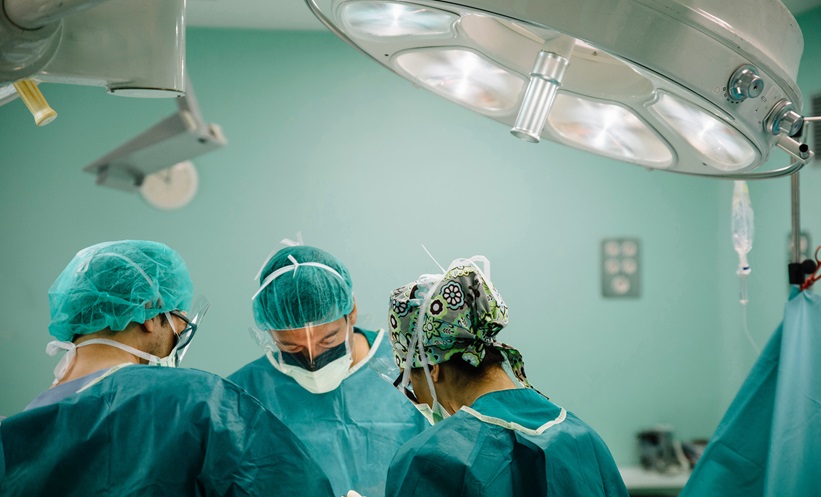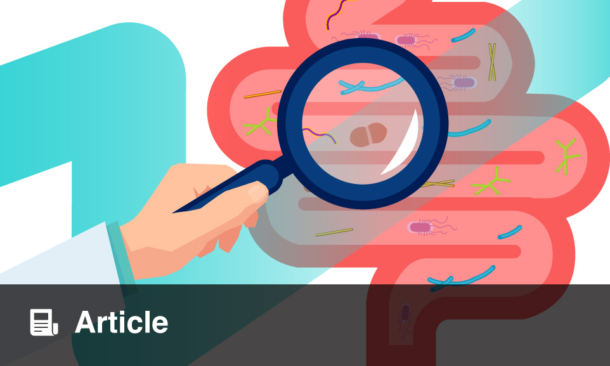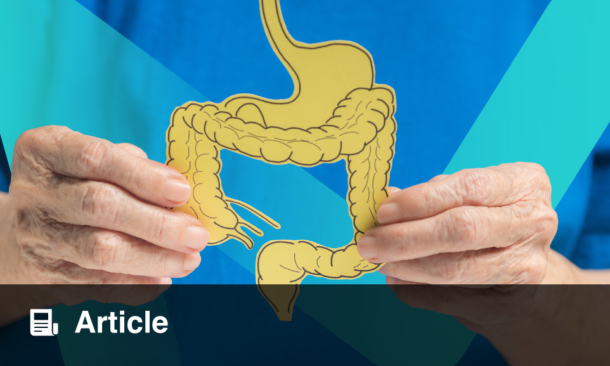Written by Rachel Donnison | Editorial Administrator, EMJ![]()
Looking back on the last year, it is easy to be awestruck by the progression of clinical gastroenterology and hepatology research, one of the most notable developments being our greater understanding of the microbiome. UEG Week, speeding towards almost 30 years of congress, covered a host of material spanning last year’s developments and cutting-edge research, summarised nicely in the ‘What’s New’ sessions for gastroenterology, hepatology, and endoscopy. Additionally, lesser known aspects of the specialism such as gender equality and equal opportunity have experienced real growth. UEG Week have stepped up to play their part, taking direct action following the 2015 congress where data showed an under-representation of women, and leading to the implementation of the Equality and Diversity Task Force. Diversity and balance have been shown to have wide-reaching, positive implications, and is perhaps a reason that in the last year we have witnessed such a spike in revolutionary research.
WHAT’S NEW IN GASTROENTEROLOGY?
Gastroenterology has enjoyed a lot of time in the spotlight in 2019. Prof Emad El-Omar of the University of South Wales, Sydney, Australia, kickstarted this session with a debrief of the hottest topics this year, stating: “It is not a secret that perhaps the microbiome is the one that takes the lion’s share.”1 The multi-omic approach is one that has been highlighted by several recent papers, including Zhou et al.2 Involving an integrative biological analysis of transcriptomes, metabolomes, cytokines, and proteomes, multi-omics was used as tool to study host-microbe dynamics in prediabetes to create prediction models for insulin resistance. One multi-omics-based study that made the headlines this year involved an analysis of elite athletes that identified an increase of Veillonella in the gut 5 days post marathon.3 The subsequent inoculation of this bacterial strain into mice significantly increased performance in the exhaustive treadmill test. The scope of the microbiome field is ever-expanding it seems, and partnered with multi-omics, is making waves across all specialities. According to Prof El-Omar, multi-omics is “an approach that should perhaps be followed by all of our research in the microbiome field.”
Prof El-Omar proceeded to give a summary of other exciting papers that have been published in the last year, focussing attention firstly to the Lamb et al.4 paper. This featured a monumental systematic review of 88,247 publications alongside a Delphi consensus process involving 81 multidisciplinary clinicians and patients, generating 168 evidence and expert opinion-based intervention recommendations for those with ulcerative colitis and Crohn’s disease. Concluding remarks concentrated on the latest pancreatic cancer research, specifically in reference to the link between high tumour microbial diversity and long term survival,5 the role of the microbiome in adaptive immune suppression,6 and promotion of pancreatic oncogenesis by the fungal microbiome via the mannan-binding lectin pathway.7
WHAT’S NEW IN HEPATOLOGY?
Popular research topics in hepatology this year include viral hepatitis, non-alcoholic fatty liver disease, cholestatic liver disease, and cirrhosis complication prevention. Dr Thomas Berg of the University Clinic Leipzig, Leipzig, Germany, shared his personal overview on upcoming treatment options, many of which are in Phase III clinical trials, as well as studies that could have important implications in clinical management strategies.8 Regarding hepatitis C virus (HCV), real-world cohorts and large global datasets have confirmed clinical trial evidence for velpatasvir/sofosbuvir treatment, with incredibly high sustained virologic response (SVR) rates (PP: 98.5%; ITT: 92.7%).9 Building on the research presented at the latest EASL ILC meeting analysing glecaprevir/pibrentasvir treatment,10 more attention is being paid to lowered response rates seen in the HCV genotype 3. Patients who did not respond to first-line, direct-acting antiviral agents have responded well to the rescue treatment sofosbuvir/velpatasvir/voxilaprevir (Vosevi), with only 1–2% failing to rescue.11 The next step, according to Dr Berg, is deciding “what to do now with patients we have cured,” in terms of safe discharge and appropriate follow-up.
Another hot topic in the hepatology field is key drug targets in clinical trials for non-alcoholic steatohepatitis (NASH). Four examples from Phase III clinical trials are: selonsertib and cenicriviroc, targeting inflammation and fibrosis; and elafibranor and obeticholic acid, which both target lipid metabolism.12 Of these four, obeticholic acid is currently showing most promise, especially concerning the results of a study by Younossi et al.13 which demonstrated a primary endpoint of fibrosis improvement by ≥1 Stage, with no worsening of NASH in 23.1% of participants and a decline in all biochemical parameters. There is much excitement surrounding these results, and Prof Berg noted that “it could well be that in 2020 we have the first approved drug for patients with advanced Stage 2 fibrosis NASH.”
WHAT’S NEW IN ENDOSCOPY?
Attempting to avoid the “haute cuisine” of endoscopy in 2019, Dr Maria Pellisé of the Hospital Clínic of Barcelona, Barcelona, Spain, centred her session14 around three less-talked-about subjects: third space endoscopy, per-oral endoscopic myotomy (POEM), and artificial intelligence (AI). Focus was firstly aimed at achalasia, a rare disease that has an incidence rate of 5 in 1 million, and the use of the POEM technique as a first treatment option. In a randomised controlled trial conducted by Ponds et al.,15 the success rate of POEM in achalasia was 92% compared to 54% with pneumatic dilation. Dr Pellisé does however acknowledge that “the problem with POEM is presence of reflux oesophagitis that comes after treatment, but in clinical practice almost half of the patients can be controlled with proton pump inhibitors. This is something that will come in the next years.”
Endoscopy research has also benefitted from the escalating rise in machine learning technology. One of the most recent papers published by Ebigo and colleagues16 instrumented the use of computer-aided diagnosis using deep learning. The AI technology accurately analysed still images of patients with Barret’s oesophagus and early oesophageal adenocarcinoma, both of which are experiencing increased prevalence in the West, to improve endoscopic assessment. The machine learning technology was, however, based on very good quality images and hence the real-world validity is yet to be confirmed. Establishing the limitations of AI will be crucial to its long-term success as a tool, allowing health practitioners to have realistic expectations of the software. Another paper released this year by Luo et al.17 utilised AI to detect upper gastrointestinal cancer using endoscopy with accuracy equivalent to that of expert endoscopists. These results highlight the usefulness of this software as a tool for community hospitals where often there are no experts, allowing effective diagnoses. Seemingly the strengths of AI are many, though Dr Pellisé is also fully aware of the associated challenges, such as “the need for large multi-centre video dataset collections, which is not easy.”
CONCLUSION
With the number of significant leaps made in gastroenterology this year, it is no surprise that much of the discussions at UEG Week focussed on future developments and predicting the innovations coming to this specialty in 2020. There will be eager anticipation as to the next discoveries of the multi-omics approach in microbiome research, and its current popularity in the press can only be good for stimulating discussion and increasing funding. The large numbers of drugs at Phase III clinical trials to treat HCV and NASH tells us we are on the cusp of rolling out successful treatment options for patients of these conditions and, whilst AI has yet to make large breakthroughs in every-day endoscopy medicine, the potential of machine learning as a tool appears boundless.








